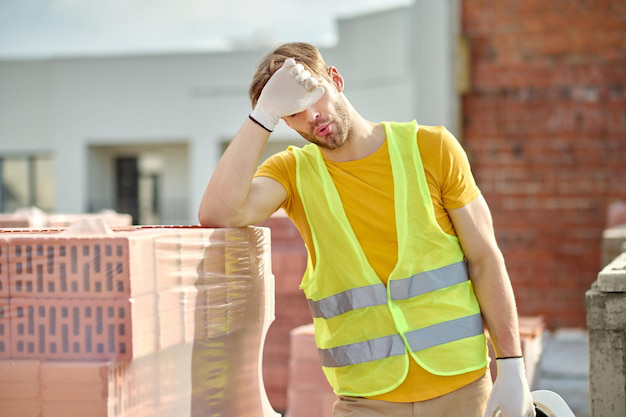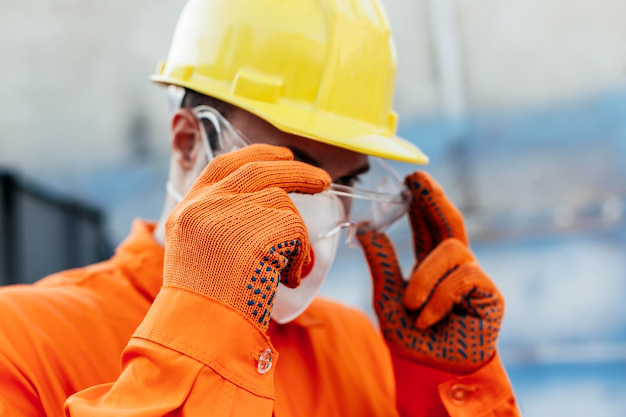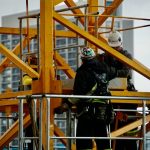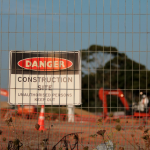Construction sites are inherently busy and complex environments. With diverse activities taking place simultaneously, the potential for accidents and injuries is ever-present. Construction safety hazard identification and mitigation is a crucial first step in creating a safe work environment for all.
By proactively identifying potential hazards and implementing effective mitigation strategies, construction companies can significantly reduce the risk of accidents and injuries.
Understanding Construction Safety Hazards
Construction safety hazards encompass a wide range of physical, chemical, and biological threats that can cause harm to workers. Some of the most common types of hazards include:
Falls: Falls from heights, tripping hazards, and slips are the leading causes of construction accidents.
- Falling objects:Tools, materials, and debris can fall from above, posing a serious risk to workers below.
- Electrocution:Exposure to electrical wiring and equipment can lead to serious injury or death.
- Caught-in/between hazards:Workers can become caught in or between machinery or moving objects.
- Trench collapses:Improper trench shoring can lead to trench collapses, burying workers.
- Exposure to hazardous materials:Construction projects often involve working with hazardous materials like lead, asbestos, or silica dust.
- Noise exposure:Construction sites can be very noisy, which can lead to hearing loss over time.
- Musculoskeletal disorders:Repetitive motions and heavy lifting can lead to muscle strains and other musculoskeletal disorders.
The Importance of Proactive Hazard Identification
Waiting for an accident to happen before addressing safety hazards is a recipe for disaster. A proactive approach to hazard identification is essential for preventing accidents and injuries. This proactive approach involves:
- Job Hazard Analysis (JHA):Before any work begins, a JHA should be conducted to identify potential hazards associated with specific tasks. This analysis should involve workers who will be performing the tasks.
- Site Inspections:Regularly scheduled site inspections by safety professionals are crucial for identifying potential hazards before they cause accidents.
- Worker Involvement:Encouraging workers to report potential hazards they encounter on the job is essential. This can be done through anonymous reporting systems or safety meetings.
Effective Hazard Mitigation Strategies
Once a hazard has been identified, the next step is to implement effective mitigation strategies to minimize the risk of injury. Here are some common mitigation strategies:
- Engineering Controls: Engineering controlsaim to eliminate or reduce the hazard at its source. For example, installing guardrails on scaffolds can prevent falls from height.
- Administrative Controls:These controls involve changing work practices or procedures to reduce the risk of exposure to a hazard. For example, rotating workers on repetitive tasks can help prevent musculoskeletal disorders.
- Personal Protective Equipment (PPE):PPE, such as hard hats, safety glasses, and fall arrest systems, can provide additional protection to workers who cannot be completely shielded from hazards.
Creating a Culture of Safety
Hazard identification and mitigation are only effective if they are supported by a strong culture of safety on the construction site. This culture should be fostered by:
- Management Commitment:Senior management must demonstrate a strong commitment to safety by providing adequate resources and training for safety programs.
- Safety Training:All workers should receive regular safety training on the specific hazards associated with their jobs and the mitigation strategies in place.
- Incentive Programs:Implementing incentive programs that reward workers for following safety procedures can be a powerful way to promote a culture of safety.
Protect your workers with RC Safety Inc.! Our team of site safety consultants offers professional site safety services, including construction safety hazard identification and mitigation. We’ll help you create a safe work environment and ensure compliance with DOB chapter 33. Contact RC Safety today for a consultation and keep your workers safe!






